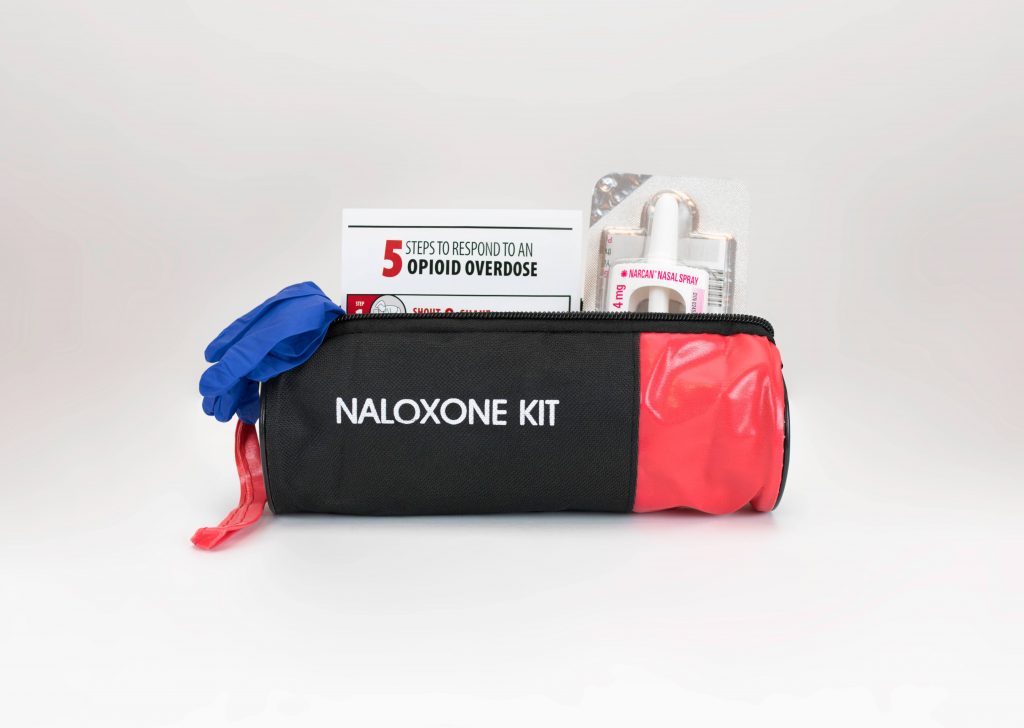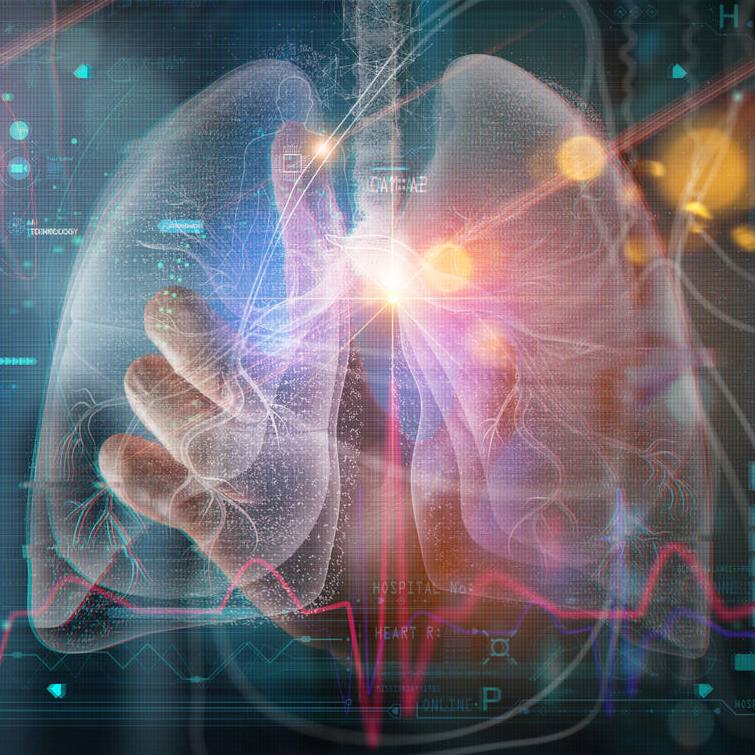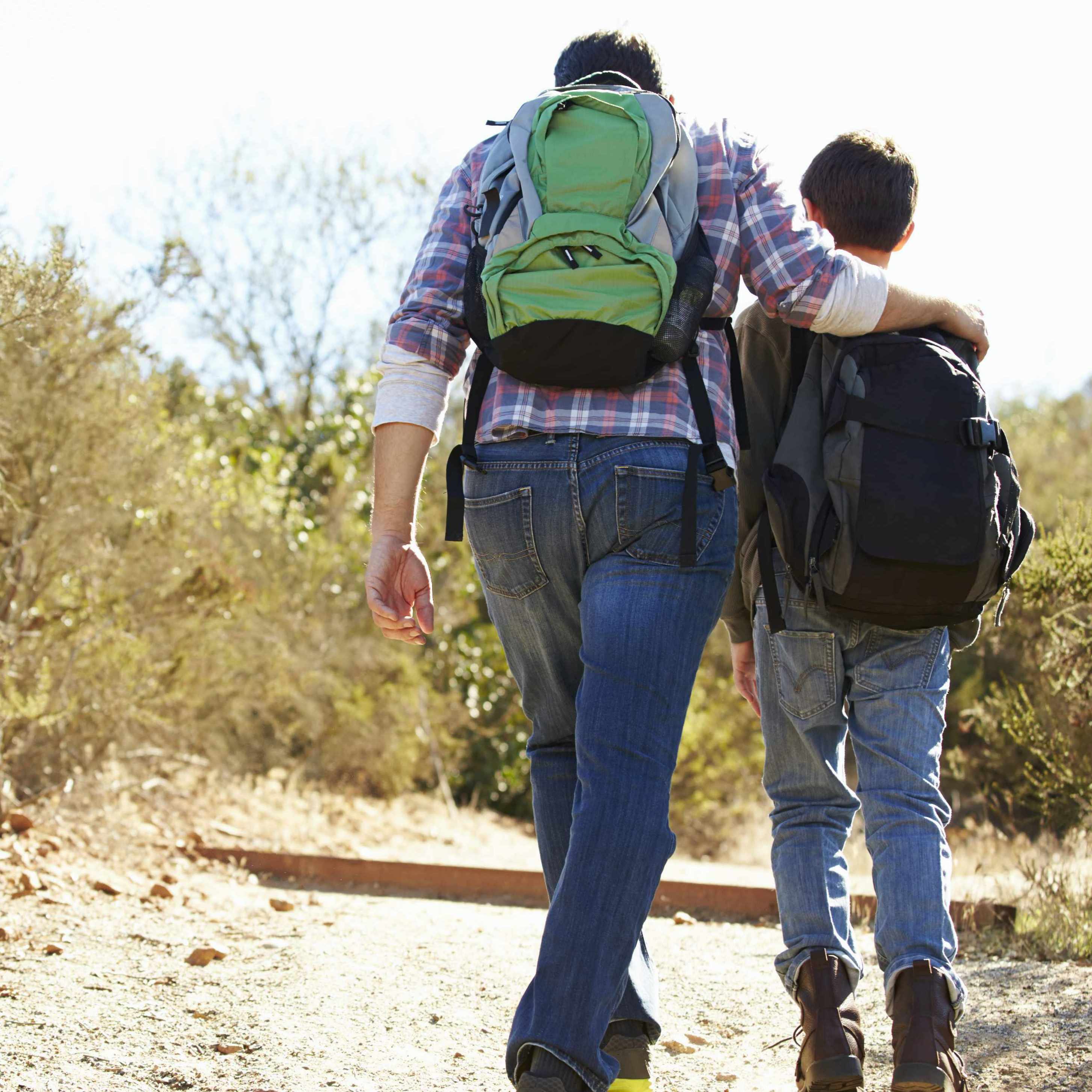
Two panels that advise the Food and Drug Administration (FDA) are recommending that naloxone nasal spray be approved for over-the-counter sale for emergency treatment of opioid overdoses. The Joint Nonprescription Drugs Advisory Committee and the Anesthetic and Analgesic Drug Products Advisory Committee voted unanimously to approve the measure. The FDA will make a final decision on March 29 if naloxone will become a nonprescription drug.
"This access for everyone is so needed," says Dr. Holly Geyer, a Mayo Clinic addiction specialist. "We need to have these lifesaving drugs accessible to the people who need them the most. It’s time to get this drug out of just the pharmacies and into vending machines or other convenient locations where people live."
Watch: Dr. Holly Geyer talks about naloxone
Journalists: Broadcast-quality sound bites with Dr. Geyer are available in the downloads at the end of the post. Please courtesy: "Mayo Clinic News Network." Name super/CG: Holly Geyer, M.D./Addiction Medicine/Mayo Clinic. B-roll video of fentanyl and naloxone also available in the downloads.
Drug overdoses have been rising in the U.S. for the last two decades.
Dr. Geyer, who also leads the Mayo Clinic opioid stewardship program in Arizona, says if the measure passes, it will be essential to keep costs down.
What is naloxone or Narcan?
Naloxone was introduced in 1971 as Narcan for emergency treatment of an opioid overdose.
"Naloxone is a rescue medication. Opioids work by binding to specific receptors within the brain. And when they bind, they have a host of effects, one of which is respiratory depression, or a reduced respiratory rate," explains Dr. Geyer.
How does naloxone work?
"We're not alive if we don't breathe. And so the way naloxone works is, if someone's experiencing an overdose, meaning they're not breathing well, you can deliver this agent, typically either intramuscularly or through just a nasal spray. It will almost immediately — but temporarily — revive them," Dr. Geyer says.
"We're seeing trends with these illicit drugs now in the market requiring multiple doses of naloxone to keep someone alive. And so every one of these must be treated like a medical emergency. Call 911," she says.
Educating patients
As a physician, Dr. Geyer says health care teams are responsible for educating patients when prescribing opioids for pain.
"The goal is to ensure every person who receives an opioid uses it safely," says Dr. Geyer. "Every patient who walks into our office should be familiar with how to use opioids safely, when they're appropriate, how to store them, how to dispose of them, and what to look for along the course of their use. When it comes to educating about naloxone, it's key to target family members as well. Most people experiencing an overdose won’t be giving the drug to themselves."
Using naloxone
"Everyone should call 911 the moment naloxone is delivered because this is temporizing, and a relapse of the sedation properties is expected," says Dr. Geyer. That's because the average dose of naloxone will resuscitate a person for just a short period — typically minutes — which means it is a medical emergency right off the bat."







